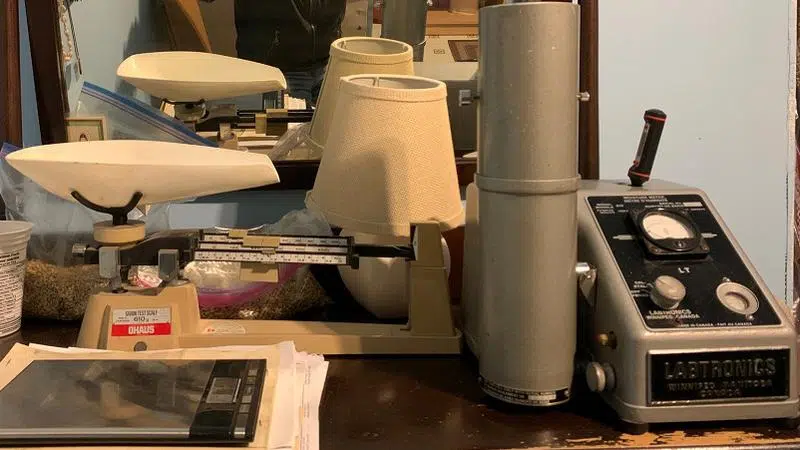
Moisture discrepancies hurt farmers
The Canadian Grain Commission (CGC) is conducting research on grain moisture testers commonly used in the agriculture sector.
CGC issued a memorandum on Feb. 3 when concerns were raised about inconsistent moisture results when testing cold versus warm grain. CGC recommended pea samples be warmed to at least 11 degrees Celsius prior to moisture testing.
The recommendation was for all moisture testers, including 919-type and Unified Grain Moisture Algorithm (UGMA) meters. The UGMA models include the Perten AM5200-A and the DICKEY-john GAC2500-INTL.
CGC head of communications Remi Gosselin said Canadian pea producers raised concerns about moisture testers used in grain elevators and by the commission.


